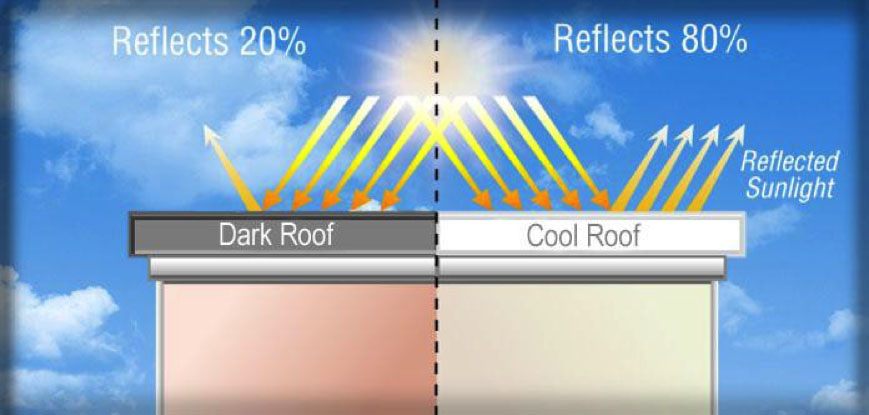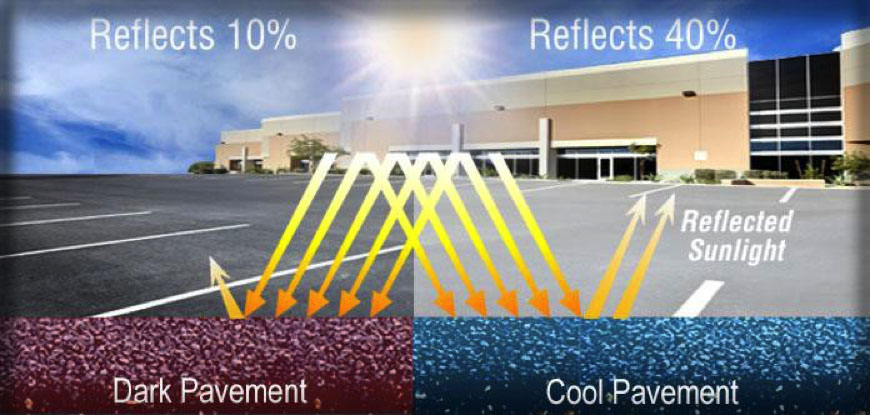Project GO
Urban Heat Island
Overview
Standards
Content Enhancement Video
Background Information
The following information about urban heat islands is from National Geographic <http://education.nationalgeographic.org/encyclopedia/urban-heat-island/> is intended to provide an encyclopedic introduction to the subject and can also be a resource for students in Lesson 1. It is recommended that students and teachers alike used more than one source for additional information about urban heat islands.
An urban heat island is a metropolitan area that's warmer than the rural areas surrounding it. Heat is created by energy from all the people, cars, buses, and trains in big cities like New York, Paris, and London. Urban heat islands are created in places that have lots of activity and lots of people.
There are many causes of urban heat islands. When houses, shops, and industrial buildings are constructed close together, it can create an urban heat island. Building materials are usually very good at insulating, or holding in heat. This insulation makes the areas around buildings warmer.
"Waste heat" also contributes to an urban heat island. People and their tools, such as cars and factories, are always burning off energy, whether they’re jogging, driving, or just living their day-to-day lives. The energy people burn off usually escapes in the form of heat. And if there are a lot of people in one area, that's a lot of heat.
Urban areas are densely populated, meaning there are a lot of people in a small space. Urban areas are also densely constructed, meaning buildings are constructed very close together. When there is no more room for an urban area to expand, engineers build upward, creating skyscrapers. All this construction means waste heat—and heat that escapes insulation has nowhere to go. It lingers in and between buildings in the urban heat island.
Nighttime temperatures in urban heat islands remain high. This is because buildings, sidewalks, and parking lots block heat coming from the ground from rising into the cold night sky. Because the heat is trapped on lower levels, the temperature is warmer.
Urban heat islands can have worse air and water quality than their rural neighbors. Urban heat islands often have lower air quality because there are more pollutants (waste products from vehicles, industry, and people) being pumped into the air. These pollutants are blocked from scattering and becoming less toxic by the urban landscape: buildings, roads, sidewalks, and parking lots.
Water quality also suffers. When warm water from the urban heat island ends up flowing into local streams, it stresses the native species that have adapted to life in a cooler aquatic environment.
Scientists are studying how urban heat islands might contribute to global warming, the most recent climate change pattern that includes the gradual warming of the Earth's temperature.
When it's really hot, many of us run straight to the fan or the air conditioning. This is especially true in urban areas that suffer from urban heat island effects. Urban heat islands contribute to energy demands in the summer, straining energy resources. Urban heat islands are often subject to “rolling blackouts,” or power outages. Utility companies start rolling blackouts when they do not have enough energy to meet their customers’ demands. The energy used in electric fans and air conditioning ends up contributing to an even hotter urban heat islands.
Because of these negative effects, scientists say city dwellers, architects, and designers all have to work to reduce people's impact on urban areas. Using green roofs, which are roofs of buildings covered in plants, helps cool things down. Plants absorb carbon dioxide, a leading pollutant. They also reduce the heat of the surrounding areas. Using lighter-colored materials on buildings helps, too. Light colors reflect more sunlight and trap less heat.
Photos below taken from: https://heatisland.lbl.gov/




(ArcGIS Online Map: http://tplgis.org/UrbanHeatRiskApp/index.html)

